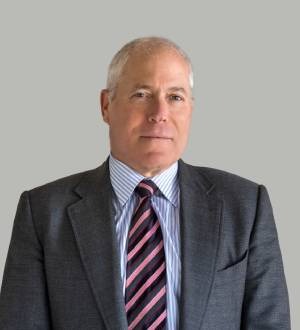Causation on trial - a call for change in how we think about causation in tort
To say that an event is the cause of an effect sounds simple enough. It can be simple, but often it is not. An event, on its own, may not be enough to bring about an effect, and may need to follow or combine with another event to bring about an effect. More than one event may be needed to bring about an effect. Further, the magnitude of an event may be modest, yet sufficient to bring about the effect – “the least straw that breaks the horse’s back”.
We make causal connections each and every day, without so much as a second thought, sometimes with more and sometimes with less confidence in the conclusions we draw. If we explain the cause of an effect that has already occurred, our conclusion is an explanation for what has occurred. If we consider the future outcome from an event or series of events, we are engaged in causal prediction. It is this latter exercise that the law must engage in when determining causation, although the prediction will always be imagined, never real. A mere glance at the caselaw will quickly reveal how perplexing the notion of causation can be in tort law.
It is decidedly too ambitious, and assuredly futile, to attempt to craft a flawless paradigm for addressing causation in all scenarios. Afterall, for decades, and longer, every academic and every court that has set out to tackle the matter has failed in the endeavour. Indeed, these failed attempts have actually contributed more to the confusion and uncertainty surrounding causation than they have in resolving it. This paper is rather less ambitious and more realistic. By re-defining what is meant by the legal test for causation, and by clarifying how to apply that test in some more challenging factual scenarios, we may hope for some relief from the seemingly endless distractions and misdirections on the issue that currently exist in the caselaw.
If my contention that causation remains poorly understood and inadequately defined is accepted, despite extensive treatment in the legal literature and courts over the last few decades, one might still be justifiably skeptical about the prospect that this article might clear up anything. With no small degree of trepidation, the attempt will be made.
At the outset, I think we should accept that a comprehensive and all-encompassing definition of causation may remain elusive, but something less extensive will suffice for the vast majority of cases that confront lawyers and courts. There is a scarcity of reported cases where causation is truly a problem. Thus, the objective of this paper is practical. It is to clear up the true meaning of cause-in-fact in tort for virtually every fact scenario that most of us will encounter in our legal careers. To do so, I think it is important to get to the root of causation – the counterfactual. The counterfactual seeks to determine cause by hypothetically altering a fact, or facts, and asking if the harm would have been avoided.
To read more, download the full whitepaper.
















